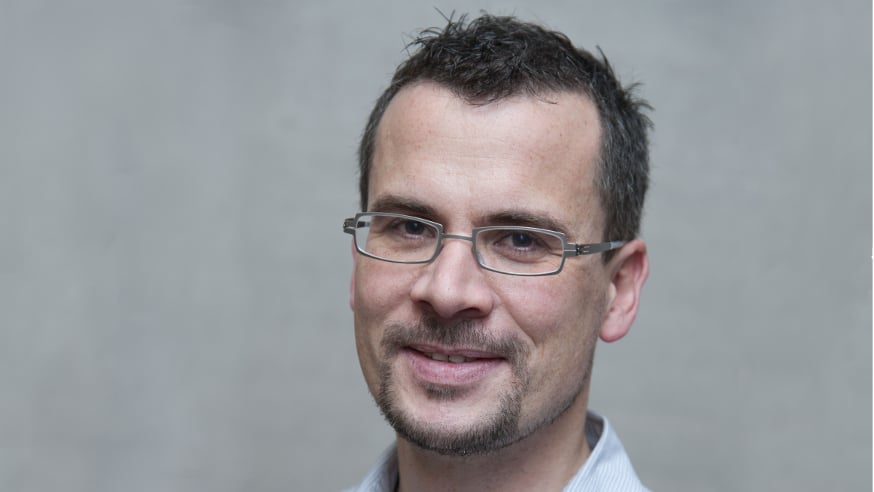
Dr Marco Gerlinger: “Much like predicting the British weather, there are some aspects of cancer’s behaviour we cannot forecast."
The ability to precisely predict the way cancer will behave in future is key to beating the disease – from prescribing drugs that have the best chance of curing an individual patient, to avoiding unnecessary treatment for patients with slow-growing tumours.
But how much about cancer can we actually predict? Huge genetic studies across the globe have gathered vast amounts of data about the DNA mutations that drive different types of cancer, but in most situations in the clinic we are still unable to use this information to accurately foretell what the disease will do next. What are we missing?
In a review published in Trends in Cancer this week, Dr Marco Gerlinger, Team Leader in the ICR’s Centre for Evolution and Cancer and a Medical Oncologist at the Royal Marsden Hospital, discusses the limits of what we are able to predict. He argues that we need to understand more about the way cancers evolve in order to develop better mathematical models and computer algorithms to improve ‘precision medicine’ for cancer.
I caught up with him to find out more.
Will we ever be able to precisely predict cancer’s next move?
“Much like predicting the British weather, there are some aspects of cancer’s behaviour we cannot forecast," says Dr Gerlinger.
“New mutations occur randomly in cancer cells and can change the way they behave or how they respond to drugs. Still, there is no guarantee that a cell, which for example acquires a mutation that allows it to grow dangerously fast, will ever affect the patient. It may simply die through influences which are entirely out of its control.
"However, this does not mean we should give up hope. Changes in cancer behaviour are ultimately the result of Darwinian evolution. And random mutations are only part of what drives cancer evolution. Selection of the fittest is the second major mechanism and this is much more predictable.
"The trouble is we currently don't know where randomness ends and predictability starts. We need to know more about the evolutionary processes which operate in single cancer cells. For example, how often does a single cancer cell with a dangerous mutation need to divide before the behaviour of its daughter cells becomes what we call ‘deterministic’ and much more predictable? Or how can we find the most dangerous cells within a tumour that consists of billions of cells?”
What then can we do to improve precision medicine for cancer?
“We need to do more research to understand the limits of what we can and cannot predict about cancer’s behaviour.
“It’s similar to forecasting the weather – it took meteorologists a long time to work out what they should measure and how to measure it to make reliable predictions. And they accept that there are imperfections which are hard to overcome. They even try to estimate the uncertainty in their predictions, such as when they forecast a 20% chance of rain. Cancer predictions are far less advanced in comparison.”
How can we achieve this for cancer?
“We have some great tools available to plug the gaps in our knowledge so we can design new strategies to defeat it. Advances in DNA sequencing technologies allow us to look at mutations in individual cancer cells and generate the data we need to understand what is going on inside a tumour, how it’s evolving. Emerging technologies that track cancer mutations and their evolutionary changes through testing for DNA in the bloodstream can give us a running commentary of what is happening inside tumours in patients as the disease develops.
“We’re starting to apply these technologies to larger numbers of cancer patients and we get very rich datasets. Plugging all this data into evolutionary computer models and simulations will help us to understand what we have to measure to get the most accurate predictions – and begin to offer treatments that really are precision to patients."
For more on how we can improve cancer predictions, check out Dr Gerlinger’s latest article in Trends in Cancer and read more about the research at the ICR’s Centre for Evolution and Cancer.
comments powered by